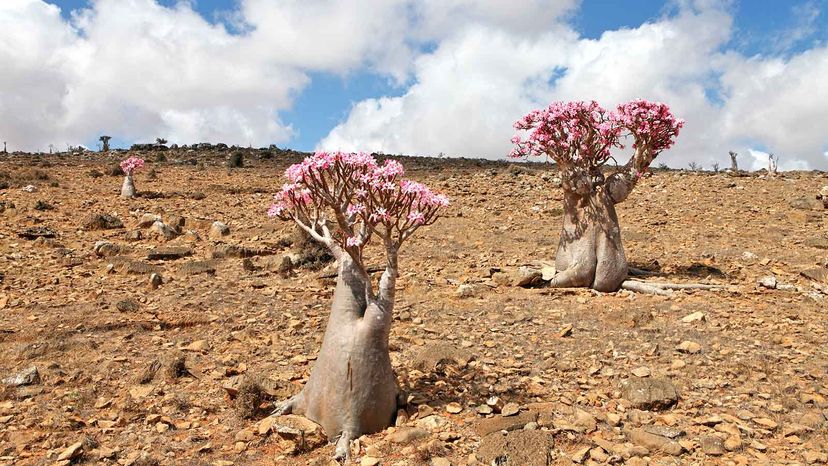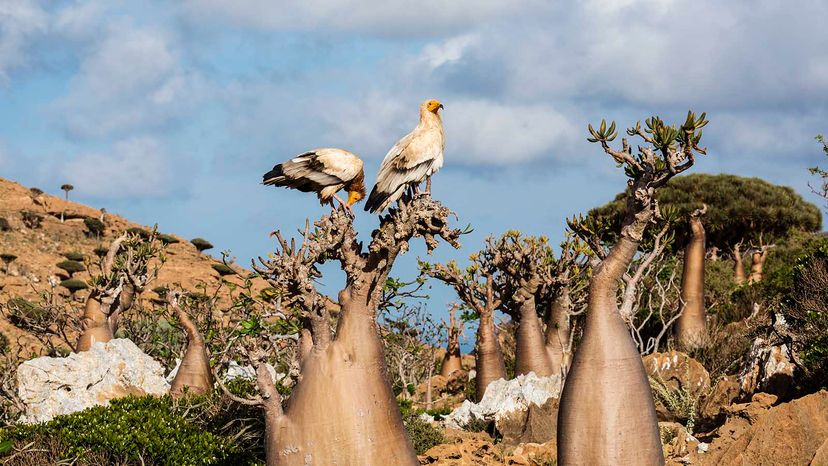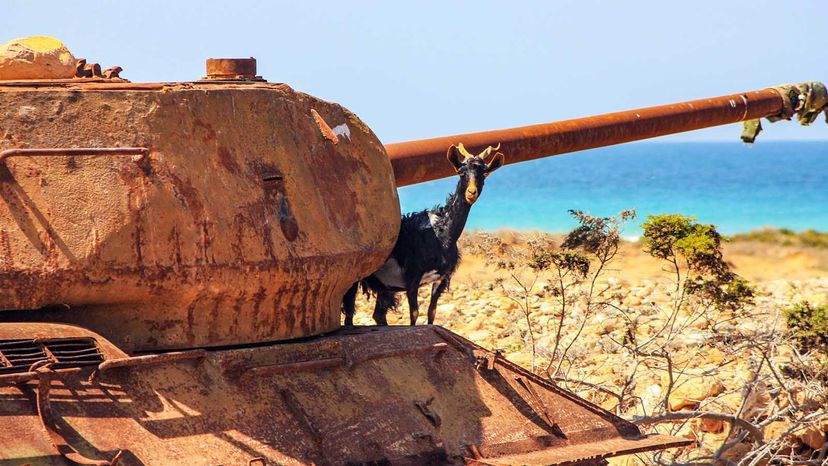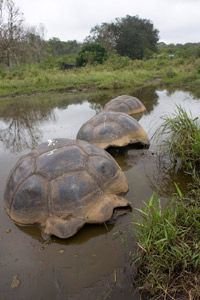
Off Yemen's southeast coast in the Indian Ocean is the archipelago of Socotra. You've probably never heard of it, but it's often referred to as "the Galapagos of the Indian Ocean," and for good reason. That's because Socotra — which is comprised of four islands and two rocky islets — is home to spectacular flora and fauna you'll find nowhere else on Earth.
Socotra is part of Yemen, the Middle Eastern country that is currently mired in a civil war that has been ongoing for seven years. The islands are located 250 miles (402 kilometers) off the coast of Yemen and about 60 miles (96 kilometers) off the coast of the Horn of Africa. The main island of Socotra, which is the largest and most diversified, is comprised of rugged plateaus at varying sea levels. Its vegetation features dry and succulent shrublands and semi-evergreen woodlands, as well as evergreen woodlands and grasslands. The other islands are drier and more arid.
Advertisement
Aside from the island's endemic plant and animal species, Socotra is home to around 60,000 people who live on the main island. They have been living on these islands for millennia, and speaking their own Socotri language. The islands have been part of trade routes for centuries and there are artifacts on the islands from sailors dating back to the first century B.C.E.



